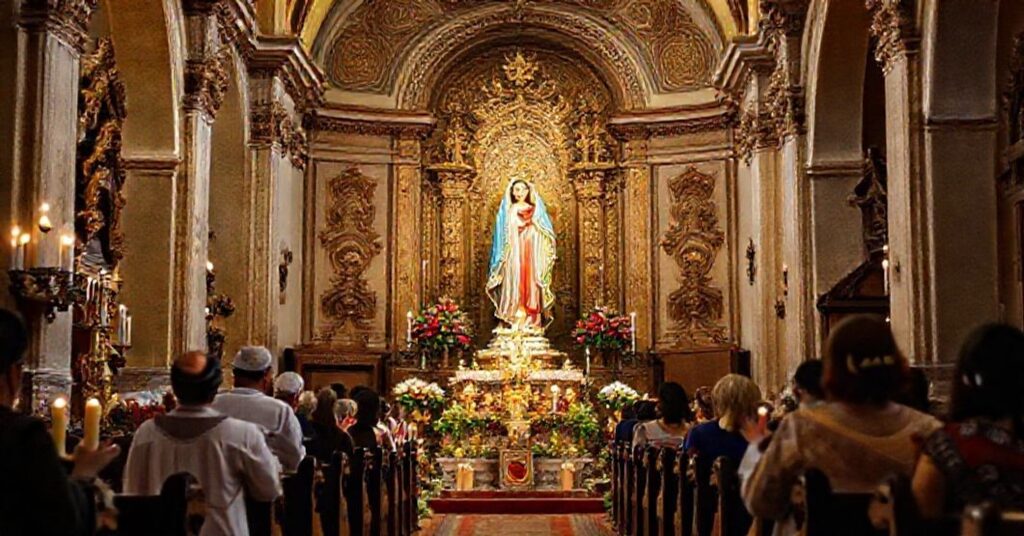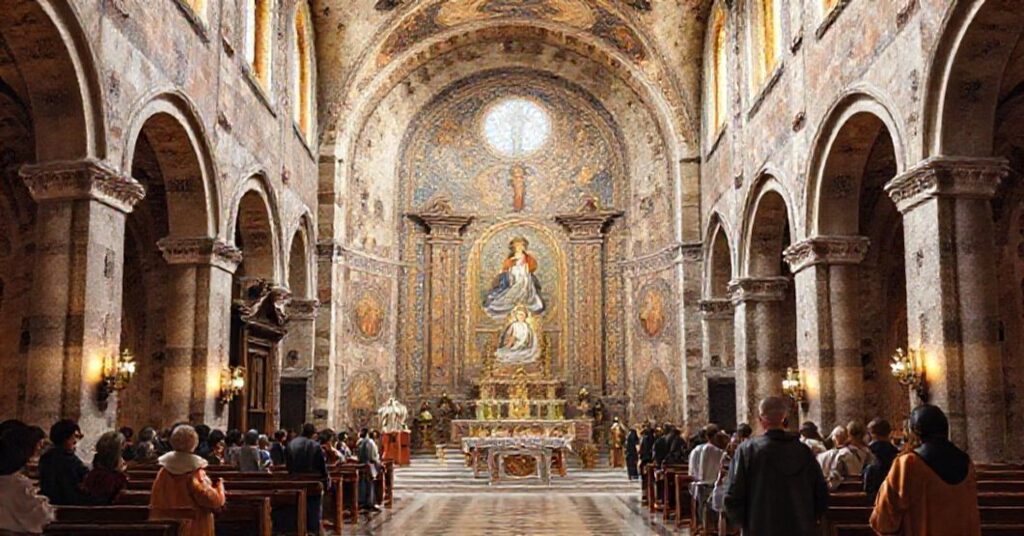Essendiae in urbe (1959.07.08)
In this Latin act dated 8 July 1959, Giovanni Roncalli (John XXIII), in his first year as claimant to the papacy, issues the apostolic letter “Essendiae in urbe,” designating the Blessed Virgin Mary under the titles “Mother of Good Counsel” and “Our Golden Lady” (“Goldene Madonna”) as the principal heavenly patroness of the diocese of Essen. The text praises the industrious modern city, recalls the ancient Marian shrine and its governance by an abbess, and, invoking “apostolic” authority, formally confirms Mary under these invocations as Patroness with the usual liturgical privileges attached to a diocesan principal patron. From the perspective of integral Catholic doctrine, this apparently pious act is in reality an early and revealing seal of usurpation: a sentimental liturgical gesture used to cloak the illegitimacy of Roncalli’s authority and to insert the revolutionary conciliar sect into a historically Catholic sanctuary.










